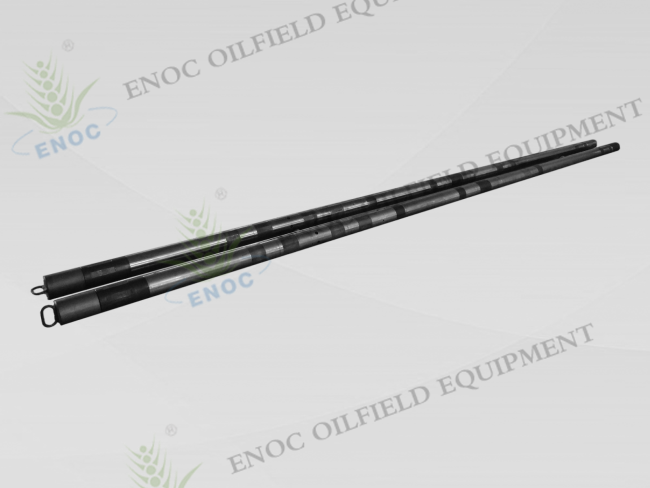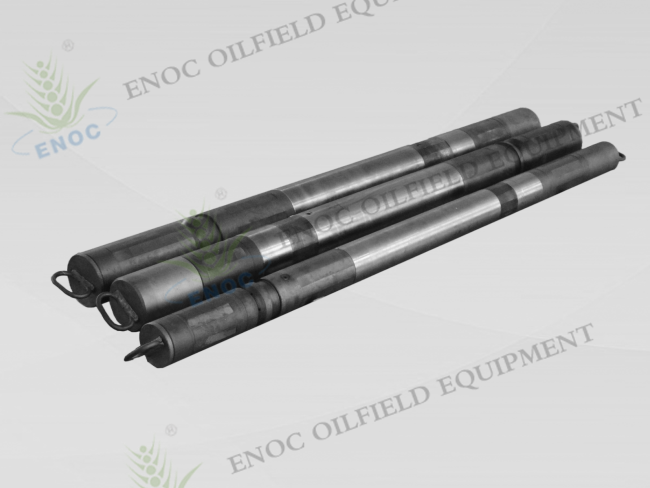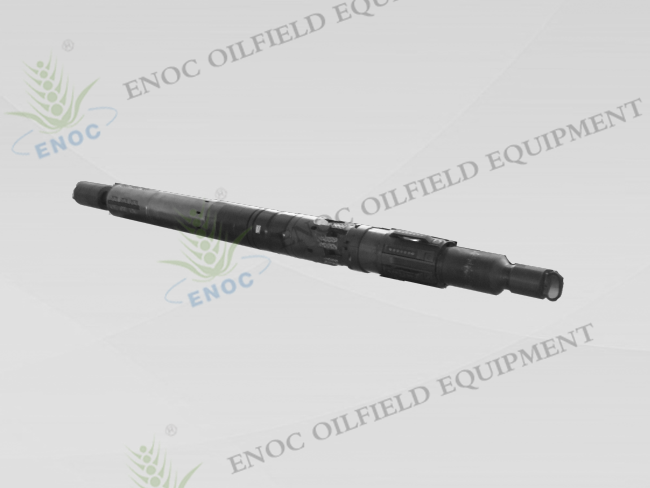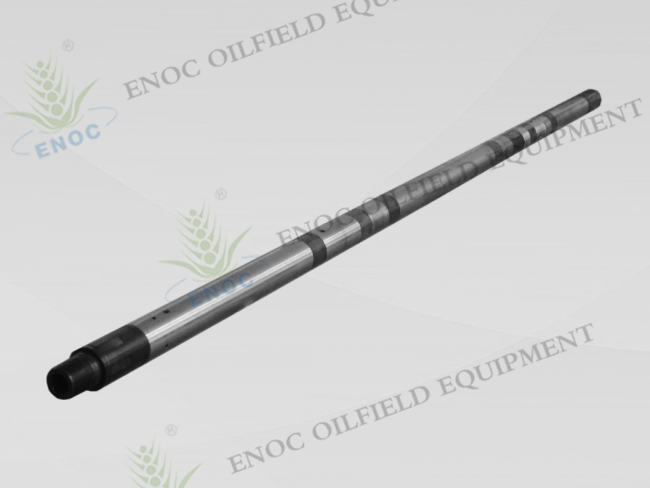Product Introduction
General
The Repetitious circulating valve (OMNI Valve) is an annulus pressure- operated, recloseable circulating valve. Throughout the operation, the tool is repeatedly cycled up to a predetermined annulus pressure and then released.
The Repetitious valve consists of a nitrogen section, an oil system, a circulating valve, and a ball valve. The nitrogen section contains the nitrogen gas that counterbalances the hydrostatic and annulus pressures. The amount of nitrogen in the tool depends on well hydrostatic (mud weight and depth) and downhole temperature. This information must be known to properly prepare the tool for running in.
Note: With certain completion fluids, the mud weight at the surface can be significantly different from the actual mud weight downhole.
The operating and control mechanisms are contained in a closed oil system activated by annulus pressure acting on the nitrogen chamber, allowing an unlimited number of pressure cycles.
The circulating valve and the ball valve work together to keep circulating pressure off the formation. The ball valve will close before the circulating valve opens. The ball valve closes off the workstring.
Features and Benefits
• Permits well testing, pressure testing, and fluid circulation
• Allows unlimited number of pressure cycles
Operation
The well can be flow tested when the valve is in the well test position. When in this position, the circulating ports are closed and the ball valve is opened. During a downhole closure drillstem test, the Repetitious valve is in the well test position during flow and shut-in periods. The workstring can be pressure-tested in the blank position because the ball valve closes before the circulating valve opens. Fluid can be pumped in either direction through the tool in the circulating position. In this position, the circulating ports are open and the ball valve is closed.








